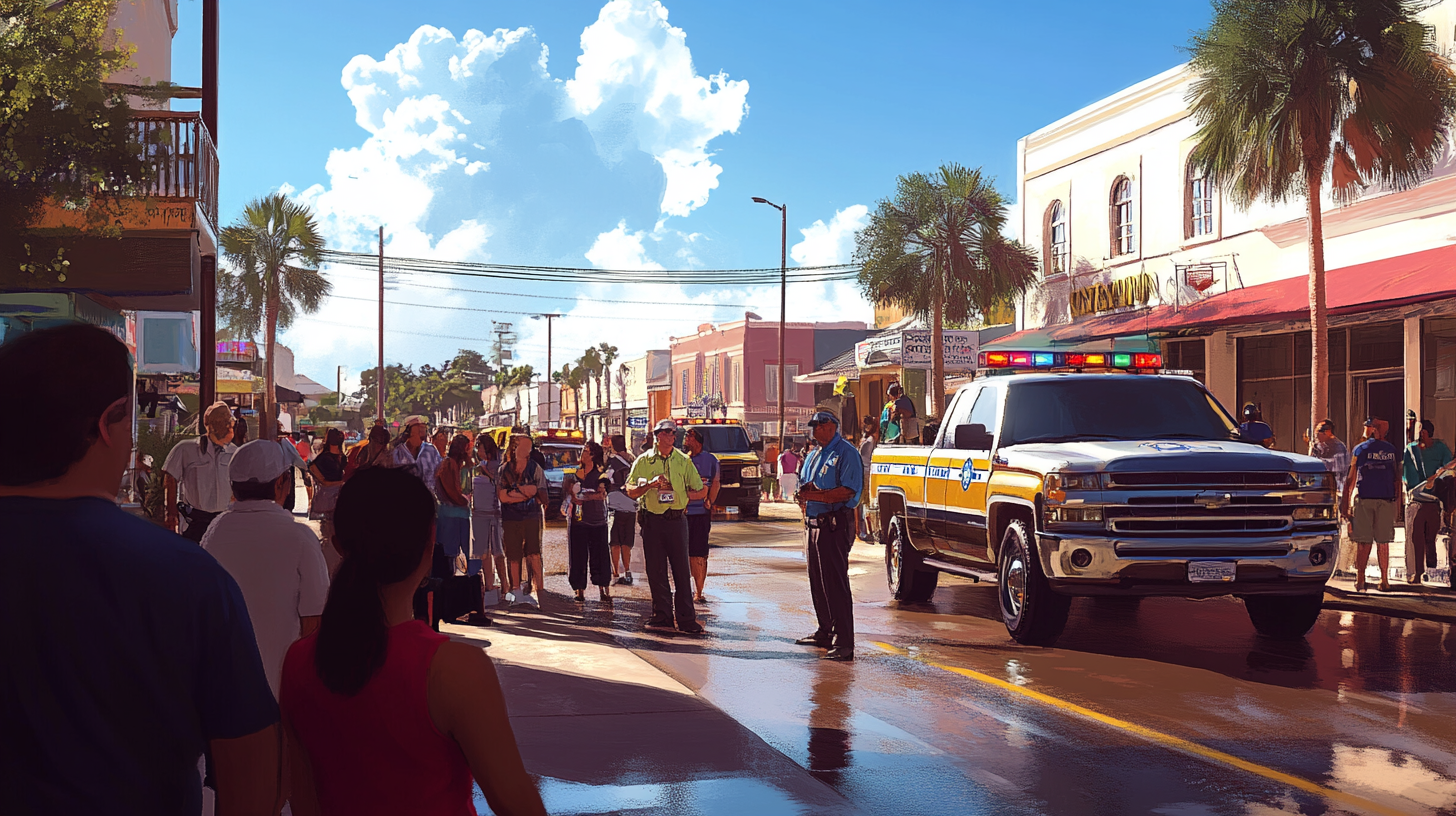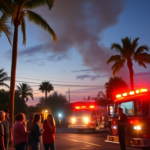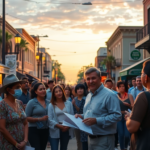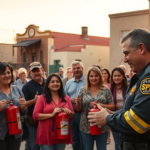Certainly, here is the content with the title and subheadings formatted with
tags:
—
Harlingen Mayor Unveils Comprehensive Storm Recovery Efforts
As the Rio Grande Valley (RGV) works tirelessly to rebuild after recent catastrophic storms, Harlingen is at the forefront with active recovery efforts. Over 20 inches of rain inundated the city, prompting local government and residents to mobilize swiftly. Harlingen Mayor Norma Sepulveda highlights the critical measures being taken to aid the community’s recovery and ensure preparedness for future incidents.
Overview of Recovery Initiatives
Mayor Sepulveda has taken significant steps to coordinate recovery efforts, emphasizing collaboration and resource allocation. A central focus is the establishment of a storm resource center at the Harlingen Convention Center. Open daily, this hub provides vital information and services to Cameron County residents affected by the deluge, including assistance with temporary housing, food distribution, and applications for financial aid.
Mayor Sepulveda remarked, “We are committed to doing everything possible to support our community. The resilience of Valley residents is unmatched, and our city’s coordinated efforts aim to provide the necessary support to those in need.”
Impact on the Local Community
The aftermath of the storm poses considerable challenges for citizens across South Texas, underscoring the importance of accessible recovery services. For Harlingen, the damage includes flooded homes, impassable roads, and disrupted utilities—urgent issues that require sustained attention and community involvement.
Local resident Maria Garcia shared her experience: “My house was severely flooded, and it’s been overwhelming dealing with the aftermath. The resource center has been a lifeline, providing guidance and the support we need to start rebuilding our lives.”
The coordinated efforts are not just about immediate recovery but also about empowering the community to handle future disasters more effectively. Encouraging residents to use the state’s damage assessment tool is a strategy to document destruction comprehensively and secure additional state and federal aid.
Linking to Ongoing RGV Challenges
This disaster recovery effort intersects with broader conversations in the RGV about infrastructure and preparedness. Past incidents have highlighted the need for improved drainage systems and robust emergency plans, which local officials are now prioritizing.
The recent tragedy in Starr County, where a fire obliterated a home spanning three generations, underscores the region’s vulnerability to both natural and human-made disasters. Such events propel residents and officials alike to advocate for improved safety measures and efficient response strategies.
Potential Future Developments
As the community navigates this arduous recovery period, the long-term goal is resilience and adaptability. Harlingen’s proactive measures may serve as a blueprint for surrounding areas, fostering a broader culture of preparedness within the RGV.
Annabelle Treviño, a regional planner, pointed out, “Our community is strong, but this situation is a stark reminder of the urgent need for infrastructure that can withstand extreme conditions—an investment necessary throughout South Texas. The decisions we make today will affect generations to come.”
Balanced Perspectives
While the local government’s response has been robust, some residents express lingering concerns over the accessibility and sufficiency of resources. Discussions around the equitable distribution of aid and ensuring that all affected demographics, especially low-income families, receive adequate support are ongoing.
Paul Hernandez, a local advocate for disadvantaged communities, explained, “It’s crucial that recovery efforts reach everyone, particularly those who are often overlooked. Equity must be a central component of our disaster response strategy.”
Resources and Contact Information
Harlingen’s resource information center remains open, offering assistance and guidance for all affected residents. It operates from 7 a.m. to 7 p.m. at the Harlingen Convention Center, located at 701 Harlingen Heights Drive.
Additionally, Valley residents can utilize the state’s online damage assessment tool to report storm-related damages, ensuring comprehensive aid distribution and recovery planning.
As Harlingen paves the way in storm recovery efforts, it exemplifies the resilience of RGV communities. The focus remains on building back stronger, with a keen eye on sustainable and inclusive growth that benefits every Valley resident.
—
This article provides a thorough examination of Harlingen’s storm recovery efforts, addressing both immediate actions and long-term implications for the community.







